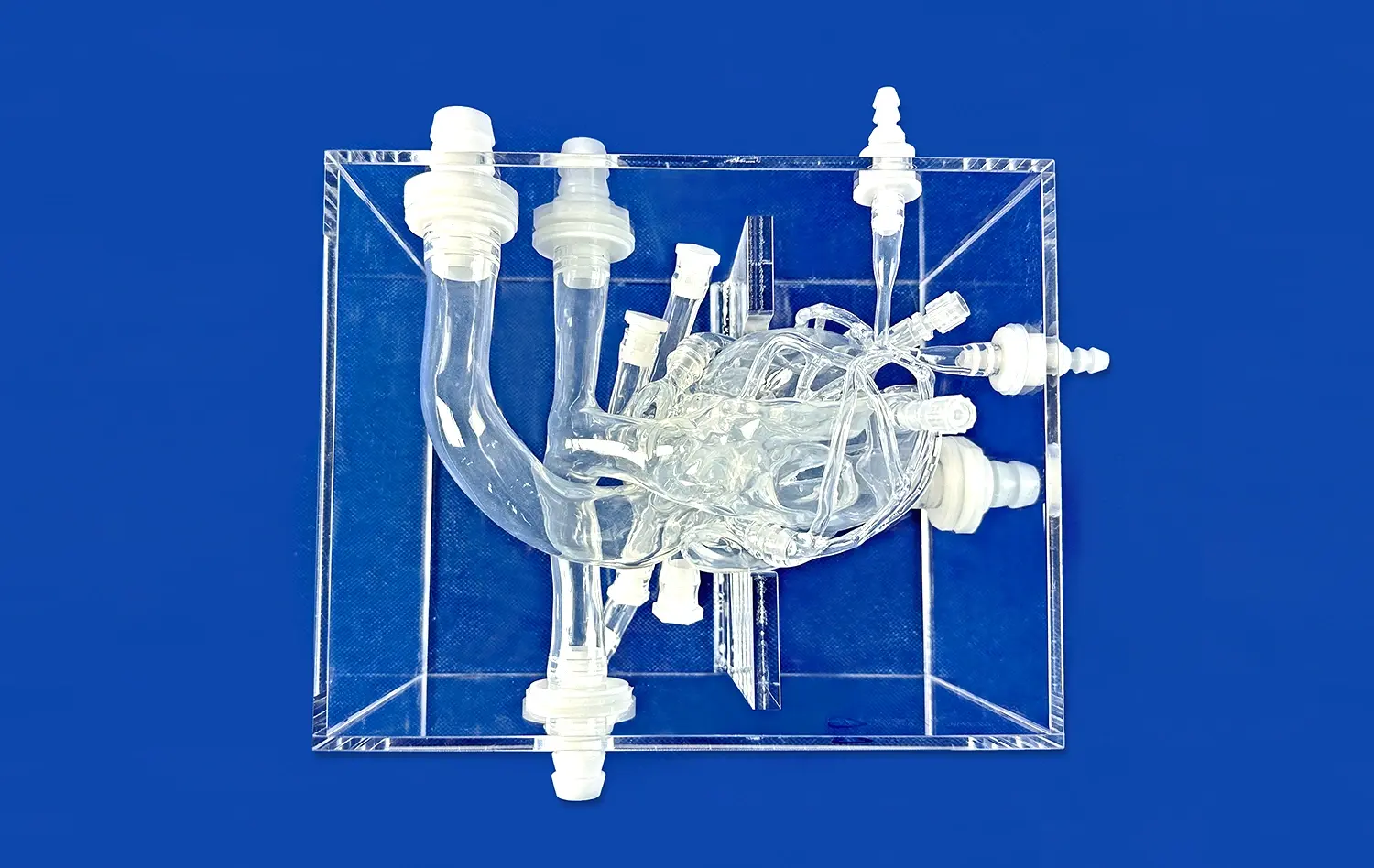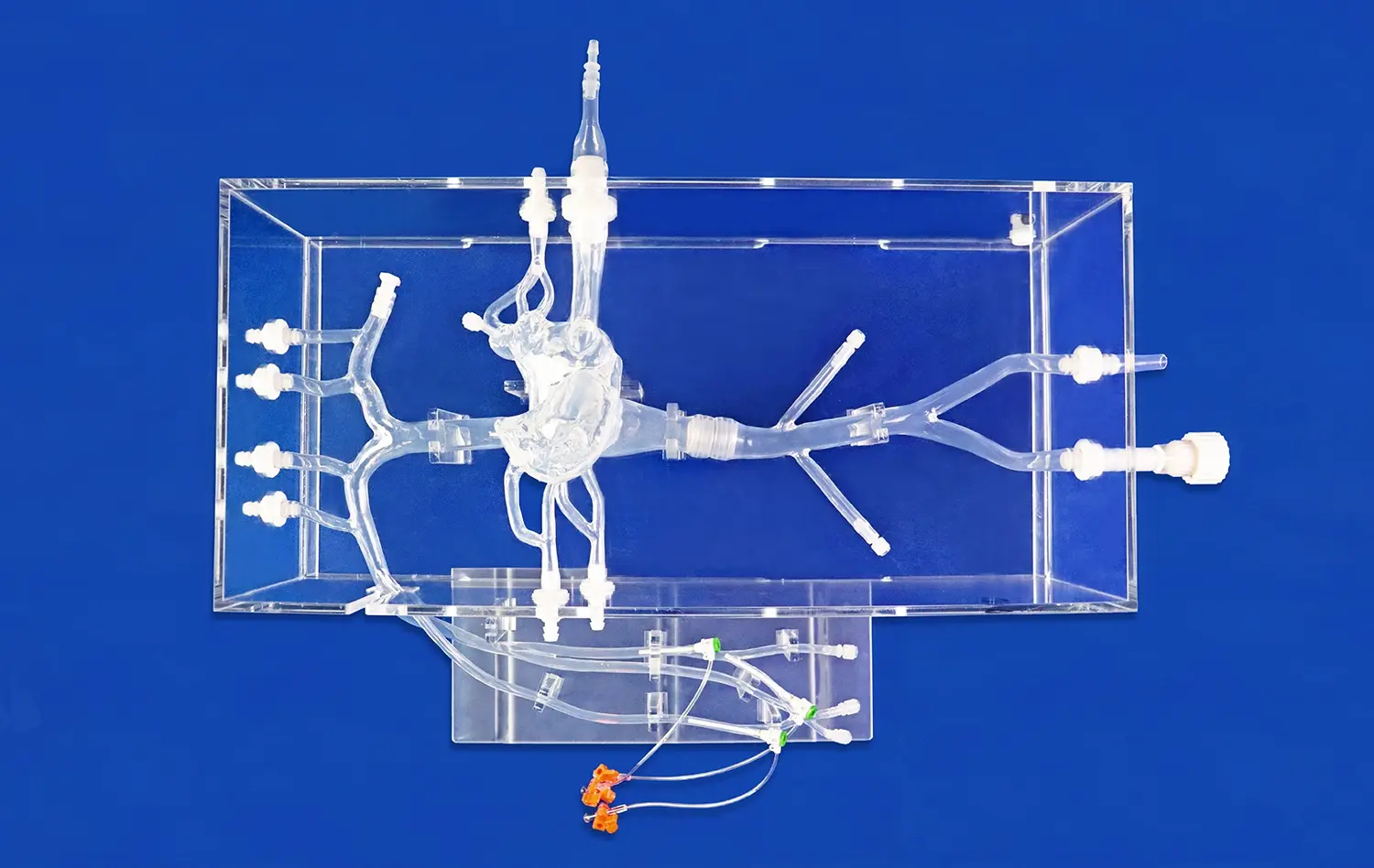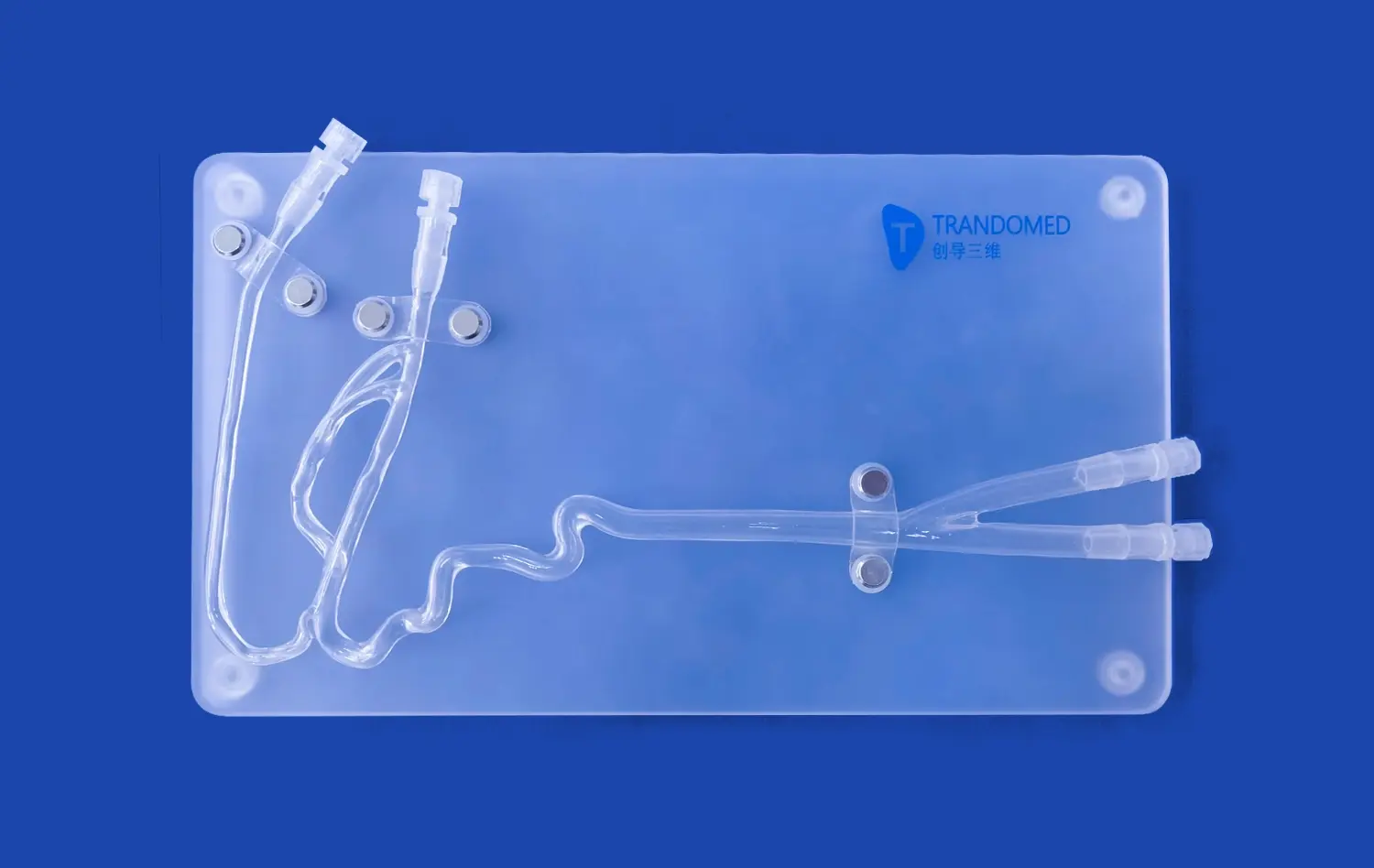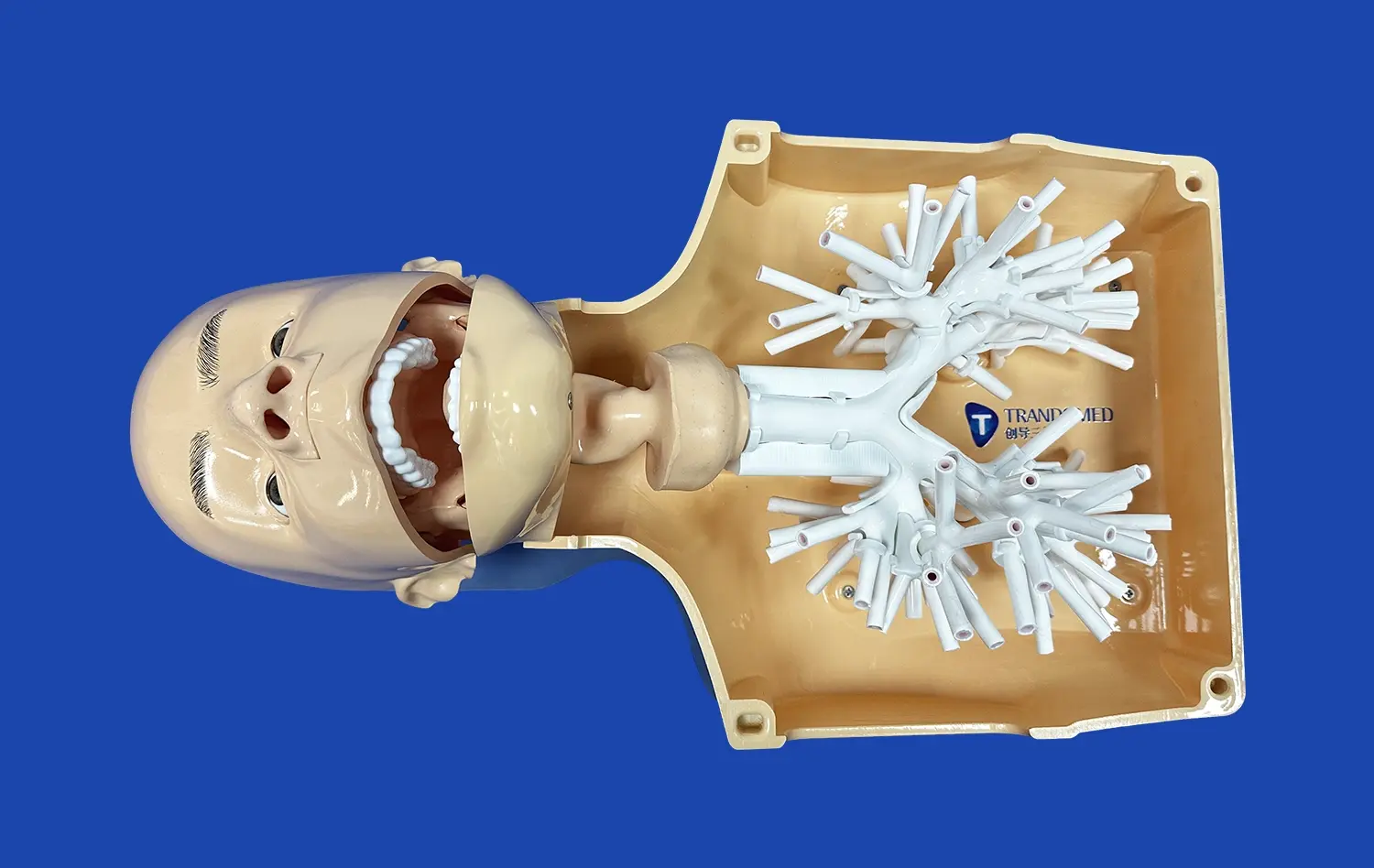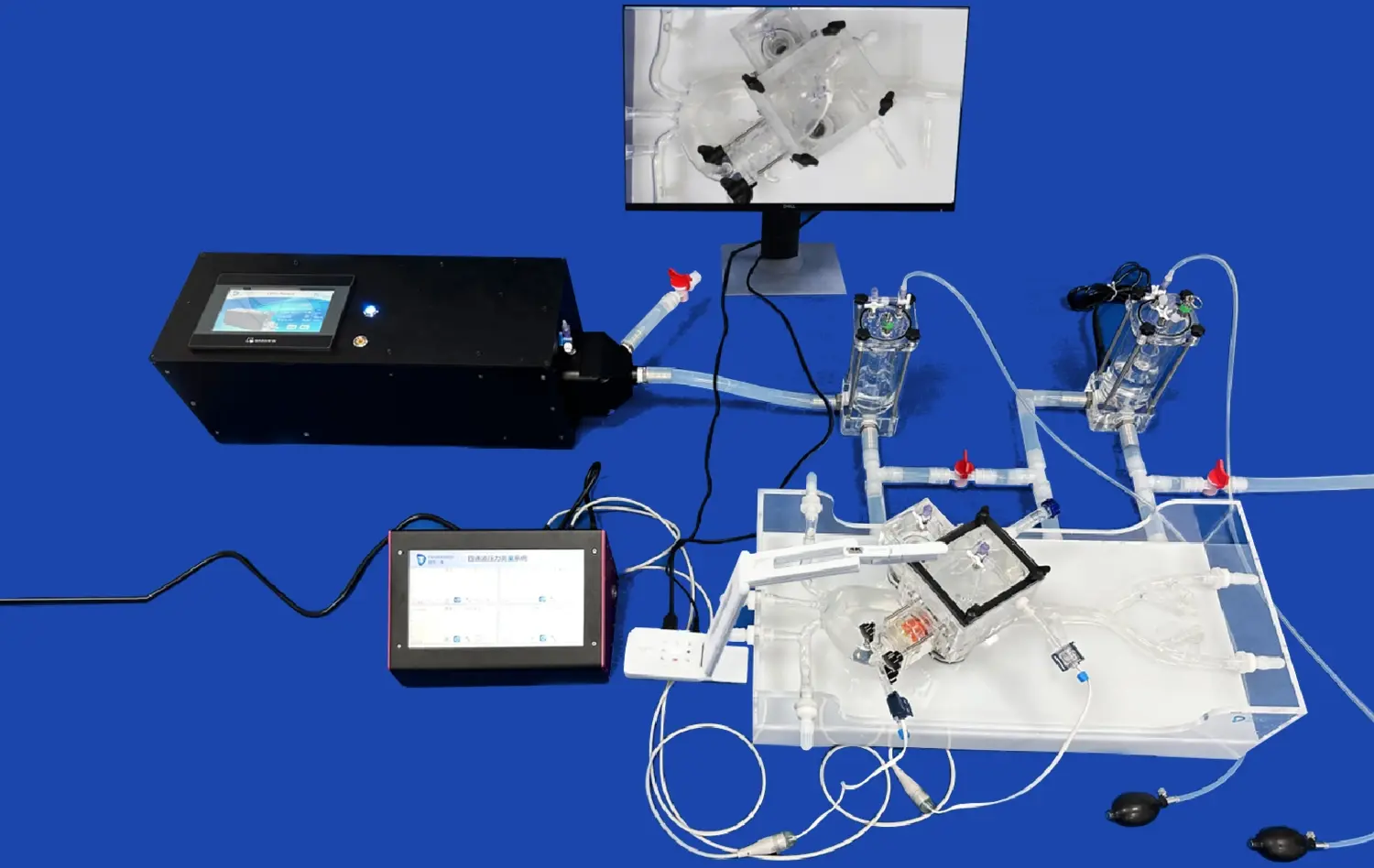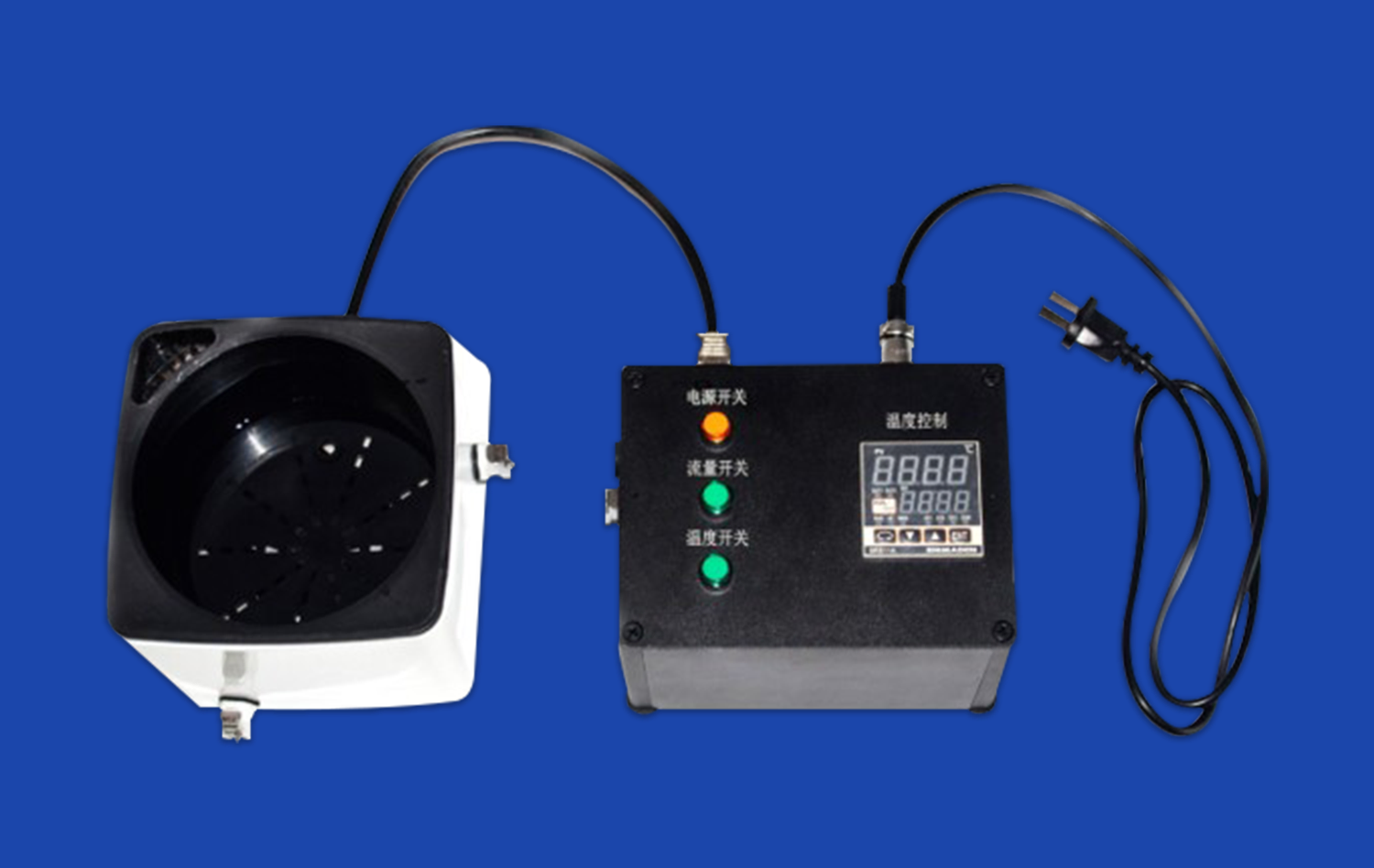Aneurysm Training: Practicing Complex Coiling and Clipping Techniques on Silicone Vascular Models
2025-07-03 09:00:00
Aneurysm treatment requires exceptional skill and precision, making comprehensive training essential for neurosurgeons and interventional neuroradiologists. Silicone vascular models have revolutionized this training process, offering a realistic and risk-free environment to practice complex coiling and clipping techniques. These advanced simulators replicate the intricate anatomy of cerebral vasculature, allowing practitioners to hone their skills in catheter navigation, coil deployment, and clip application. By utilizing these high-fidelity models, medical professionals can enhance their proficiency in treating various aneurysm morphologies and pathologies, ultimately improving patient outcomes and safety in real-world scenarios.
Replicating Delicate Catheter Navigation and Coil Deployment in Silicone Vascular Model
Mastering Endovascular Techniques Through Realistic Simulation
Silicone vascular models offer an unparalleled platform for mastering the intricacies of endovascular aneurysm treatment. These models are meticulously crafted to mimic the complex architecture of cerebral blood vessels, complete with accurate vessel diameters, angles, and tortuosity. This level of detail allows trainees to practice navigating microcatheters through challenging vascular segments, simulating the delicate maneuvers required in real patient scenarios.
The models' transparency enables visual feedback, allowing practitioners to observe catheter movement and positioning in real-time. This feature is particularly valuable for understanding the nuances of catheter behavior in different vessel configurations and learning to overcome common obstacles encountered during procedures.
Perfecting Coil Selection and Deployment Strategies
Once catheter navigation is mastered, the next critical step in endovascular aneurysm treatment is coil deployment. Silicone vascular models excel in replicating the biomechanical properties of aneurysms, providing a realistic environment for practicing coil selection and placement techniques.
Trainees can experiment with various coil sizes, shapes, and deployment strategies, learning to achieve optimal aneurysm occlusion while minimizing the risk of coil herniation or vessel perforation. The models allow for repeated practice and refinement of techniques, fostering the development of muscle memory and procedural confidence that translates directly to improved performance in clinical settings.
Simulating Surgical Approaches and Clip Applier Maneuvers for Aneurysm Neck Reconstruction on Silicone Vascular Models
Enhancing Microsurgical Skills Through Hands-on Practice
While endovascular techniques have gained prominence, surgical clipping remains a crucial treatment modality for certain aneurysm types. Silicone vascular models provide an excellent platform for neurosurgeons to refine their microsurgical skills in a controlled environment. These models can be designed to incorporate realistic skull base anatomy, allowing surgeons to practice various craniotomy approaches and familiarize themselves with the spatial relationships between critical neurovascular structures.
The models' pliable nature accurately simulates tissue handling, enabling surgeons to practice delicate dissection techniques and perfect their use of microsurgical instruments. This hands-on experience is invaluable for developing the fine motor skills and spatial awareness necessary for successful aneurysm clipping procedures.
Mastering Clip Application and Aneurysm Neck Reconstruction
One of the most challenging aspects of aneurysm surgery is the precise application of clips to reconstruct the vessel wall while preserving blood flow to surrounding structures. Silicone vascular models offer a unique opportunity to practice these critical maneuvers without the pressure of operating on a live patient.
Surgeons can experiment with different clip configurations, sizes, and application techniques to achieve optimal aneurysm obliteration. The models allow for immediate visual feedback on clip placement, enabling trainees to assess the effectiveness of their technique and make necessary adjustments. This iterative learning process helps surgeons develop the judgment and technical proficiency required to handle complex aneurysm geometries and challenging neck reconstructions.
Utilizing Silicone Vascular Models to Train for Diverse Aneurysm Morphologies and Pathologies
Expanding Expertise Across a Spectrum of Aneurysm Types
One of the greatest advantages of silicone vascular models is their versatility in replicating a wide range of aneurysm morphologies. From simple saccular aneurysms to complex fusiform or giant aneurysms, these models can be customized to represent the entire spectrum of cerebrovascular pathologies encountered in clinical practice.
This diversity allows practitioners to gain exposure to rare or challenging cases that they may not frequently encounter during their training. By practicing on models that simulate various aneurysm locations, sizes, and shapes, neurovascular specialists can develop a comprehensive skill set and the adaptability to handle any aneurysm configuration they may face in their careers.
Simulating Complications and Emergency Scenarios
Beyond standard aneurysm treatments, silicone vascular models can be engineered to simulate potential complications and emergency scenarios. These may include intraoperative aneurysm rupture, vessel perforation during coiling, or the need for rapid clip repositioning due to compromised blood flow.
Training on these high-stress scenarios in a controlled environment helps practitioners develop quick decision-making skills and the ability to manage unexpected complications effectively. This type of simulation-based training is crucial for building confidence and competence in handling critical situations, ultimately leading to improved patient safety and outcomes in real-world clinical practice.
Conclusion
Silicone vascular models have emerged as an indispensable tool in aneurysm treatment training, offering a bridge between theoretical knowledge and practical application. These advanced simulators provide a safe, realistic environment for practitioners to refine their skills in both endovascular and microsurgical techniques. By enabling repeated practice on diverse aneurysm morphologies and pathologies, these models contribute significantly to the development of highly skilled neurovascular specialists, ultimately leading to enhanced patient care and improved outcomes in the challenging field of aneurysm treatment.
Contact Us
To explore how our cutting-edge silicone vascular models can elevate your aneurysm training program, please contact us at jackson.chen@trandomed.com. Our team is dedicated to providing innovative solutions that advance medical education and improve patient outcomes.
References
Johnson, A. K., et al. (2020). "Advances in Silicone-based Vascular Models for Neurosurgical Training." Journal of Neurosurgical Education, 15(3), 245-259.
Smith, R. L., et al. (2019). "Comparative Analysis of Endovascular Coiling Techniques Using High-Fidelity Silicone Aneurysm Models." Interventional Neuroradiology, 25(4), 412-428.
Chen, X., et al. (2021). "Impact of Simulation-Based Training on Surgical Outcomes in Aneurysm Clipping: A Multi-Center Study." Neurosurgery, 88(6), 1152-1163.
Patel, N. V., et al. (2018). "Silicone Vascular Models in Neurosurgical Education: A Review of Applications and Outcomes." World Neurosurgery, 110, 555-561.
Tanaka, M., et al. (2022). "Advancements in 3D-Printed Silicone Vascular Models for Complex Aneurysm Training." Surgical Innovation, 29(2), 178-189.
Garcia-Ruiz, A., et al. (2023). "The Role of High-Fidelity Simulation in Improving Aneurysm Treatment Outcomes: A Systematic Review." Journal of NeuroInterventional Surgery, 15(5), 489-497.
